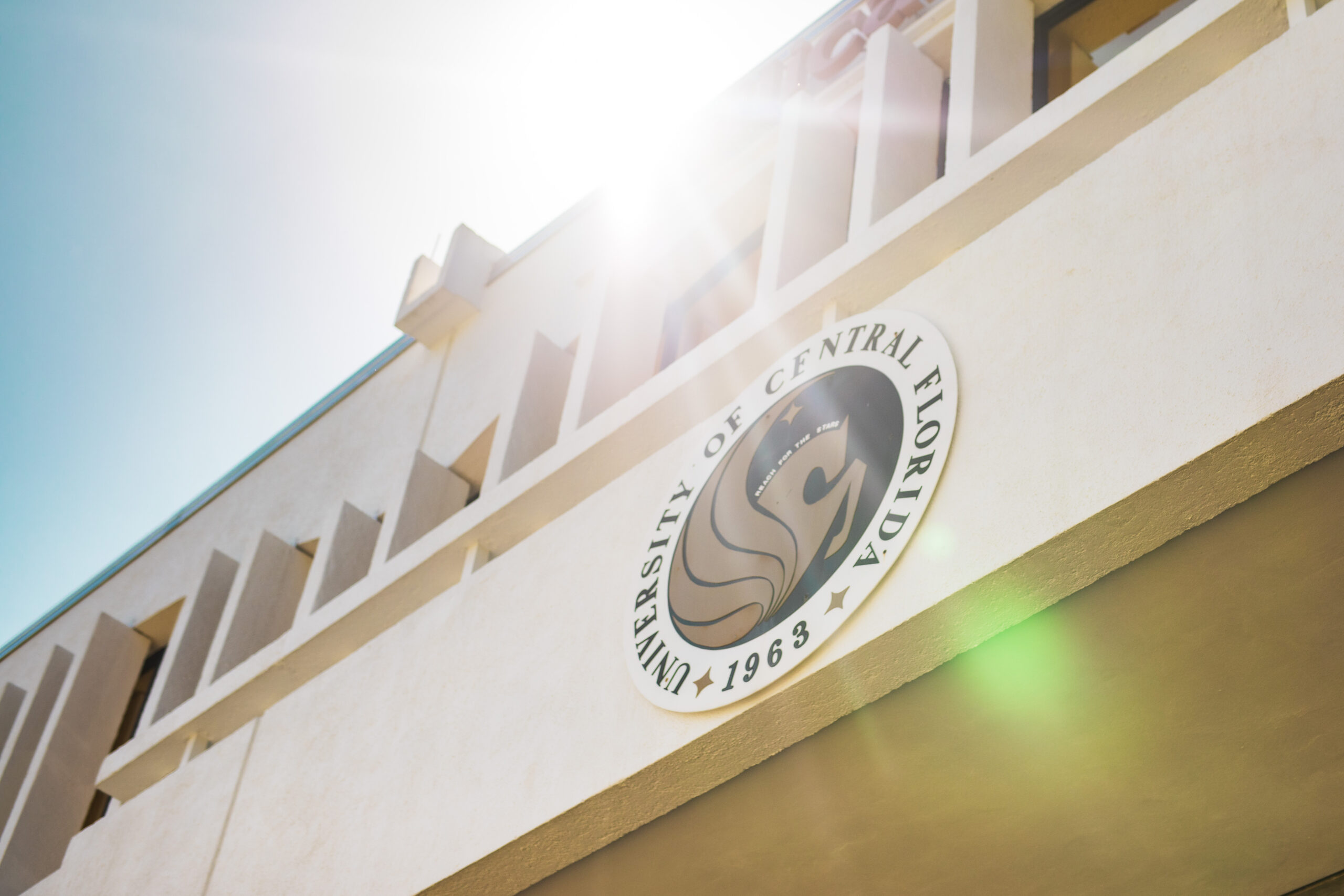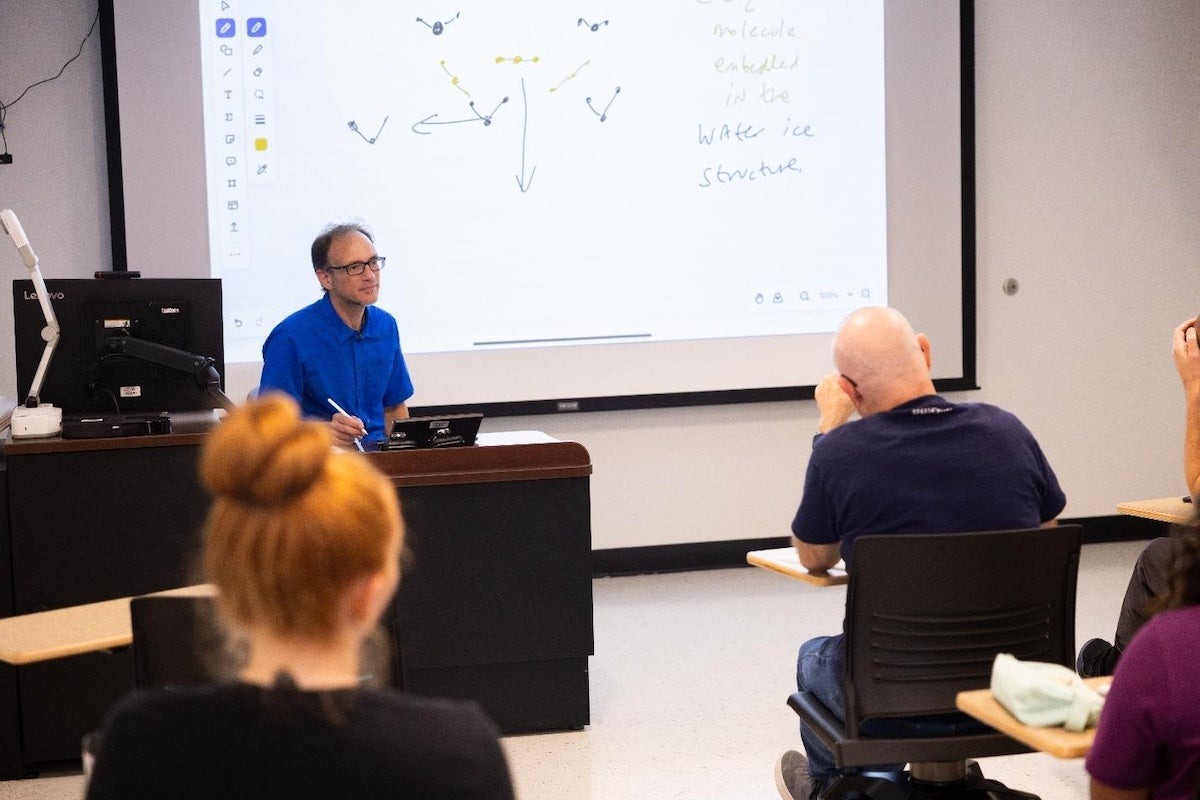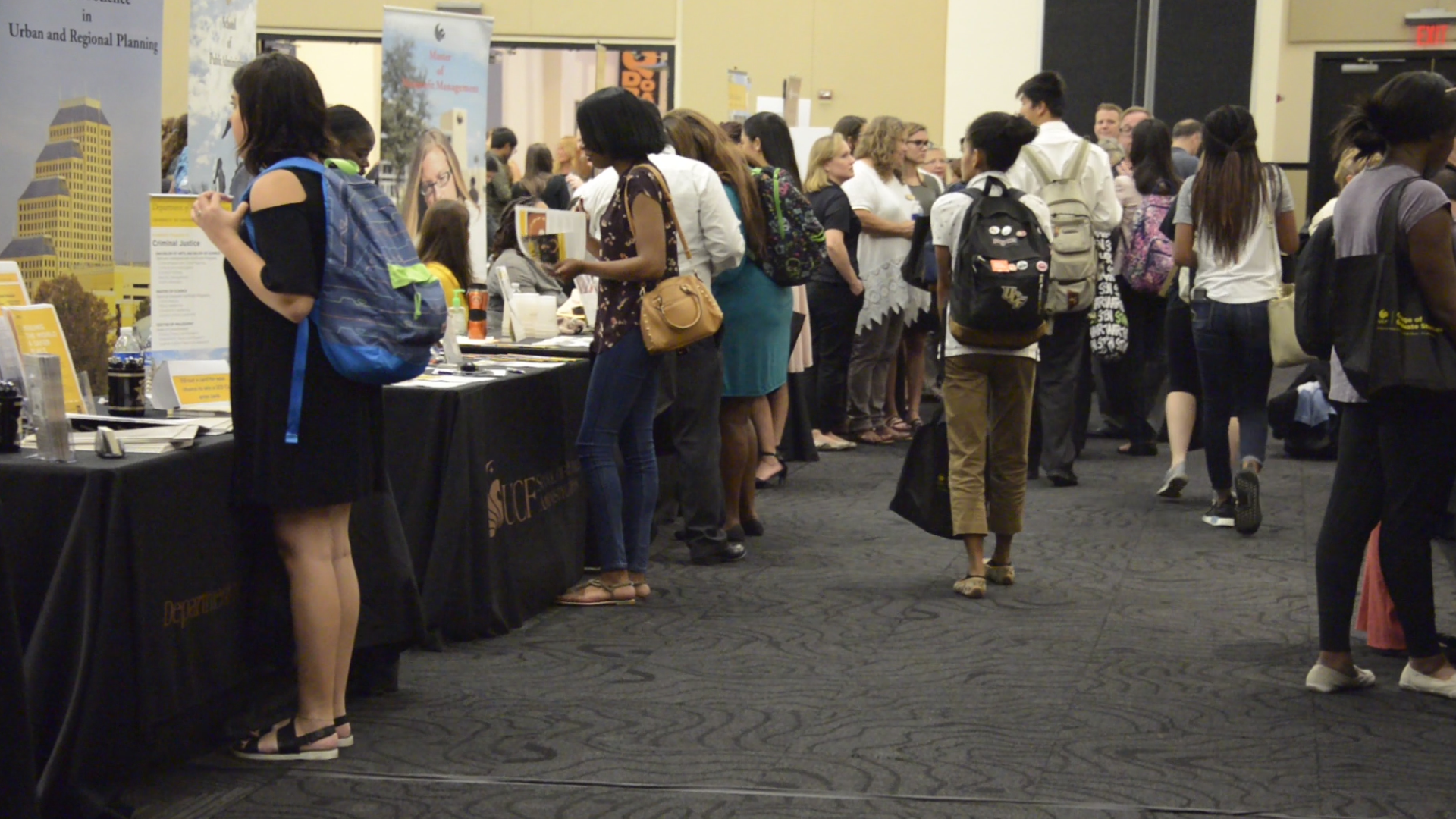Antioxidant Protects Tissues, DNA from Radiation, New Research Finds
New research shows that a powerful antioxidant may be just as useful one-day protecting beachgoers and cancer patients from radioactive rays as it could astronauts.
In a recent study published in the journal Nanoscale and identified as a top article, University of Central Florida researchers found that tissues and DNA from mice treated with an antioxidant, cerium oxide, showed significantly less damage from radiation exposure compared to those receiving no treatment.
The research, which has its origins in finding ways to protect astronauts from deep space radiation exposure, points at one more way space research may also benefit people back on Earth.
“The research is important in many ways besides space travel,” said Sudipta Seal, professor and chair of UCF’s Department of Materials Science and Engineering and co-author of the study. “This type of materials not only has a good synergistic effect to sensitize cancer cells but also to protect the good cells from radiation while you are doing therapy for treating cancer,” he said.
Radiation exposure can cause free radical molecules to form in the body. These unstable molecules damage other molecules, including those in DNA, by stealing their electrons. Antioxidants stop free radicals by donating electrons to them without the antioxidants becoming unstable themselves, thus stopping a chain of free radical production that can cause adverse effects such as mutations.
In the study, the researchers used nanoscale cerium oxide injections to treat mice. Cerium oxide, already known to have strong antioxidant properties, becomes an even greater antioxidant at the nanoscale.
Previous studies have shown cerium oxide nanomaterials to protect against radiation exposure in tests both inside and outside of the body. This study was novel in that it explored the abilities of cerium oxide nanoparticles to protect reproductive health by protecting DNA, which is a concern to astronauts who leave Earth’s confines and are exposed to radiation, but may want to still start a family.
The researchers found that there was a significant reduction in DNA damage in mice exposed to the lowest levels of radiation and treated with cerium oxide nanoparticles compared to those exposed to the same amount of radiation and not treated with cerium oxide nanoparticles.
Future research may show that greater doses of cerium oxide nanoparticles, as well as their long-lasting ability to work as antioxidants in the body, could defend against high levels of radiation exposure, Seal said.
“The good thing about this material is this material has a regenerative aspect,” Seal said. “So a single dose or less dosage is very important. That’s one of the benefits for a long-term space mission where you don’t want to carry too many things.”
No toxicity from the cerium oxide nanoparticles was observed, according to the study.
Seal said future research would need to explore if cerium oxide nanoparticles can protect against radiation in humans. If those prove successful, it could lead to cerium oxide nanoparticle oral injections, sprays and suntan lotions, he said.
NASA funded the research. Co-authors of the study include Soumen Das, a postdoctoral fellow who went on to work in the medical industry; Craig J. Neal, a graduate research assistant; and Julian Ortiz, a former undergraduate student in UCF’s Materials Science and Engineering, and the Advanced Materials Processing Analysis Center.
Seal has doctorate in materials engineering with a minor in biochemistry from the University of Wisconsin, a master’s in metallurgy from the University of Sheffield and a bachelor’s in metallurgy from the Indian Institute of Technology. He was a postdoctoral fellow at the Lawrence Berkeley National Laboratory. He is affiliated with UCF’s Advanced Materials Processing Analysis Center and Nanoscience Technology Center and is also a member of UCF’s Prosthetic Interfaces cluster and holds a joint appointment in UCF’s College of Medicine.
Share This Article

UCF Women’s Club Honors 3 Graduate Students with Prestigious Sheila B. Somerville Scholarship
Financial support is often the cornerstone of academic success, and for many students, scholarships open the door to higher education. Beyond easing financial stress, these awards provide recognition, motivation, and a...
Latest News

UCF Launches 1st Planetary and Space Sciences PhD Program in Florida
As SpaceU, UCF is pushing the boundaries of exploration by launching a groundbreaking new doctoral program in the planetary and space sciences. Now, aspiring researchers can apply to the inaugural cohort of...

UCF Fulbright Awardees Bring Their Passions to a Global Scale
Each year, the Fulbright Program offers opportunities for American students to conduct research, teach English, or pursue graduate study abroad. One of the most prestigious international exchange programs in the...

Unleash Opportunities with a UCF Graduate Degree
A graduate degree has the power to unleash opportunities by expanding careers, opening doors to new fields, and increasing lifetime earnings. According to the U.S. Bureau of Labor Statistics (2024),...

UCF Rosen College Ranks No. 1 in the World for Hospitality Education for 2025
One of the most anticipated theme parks in the world is about to open its gates — and right next door, the No. 1 hospitality and hotel management school on...